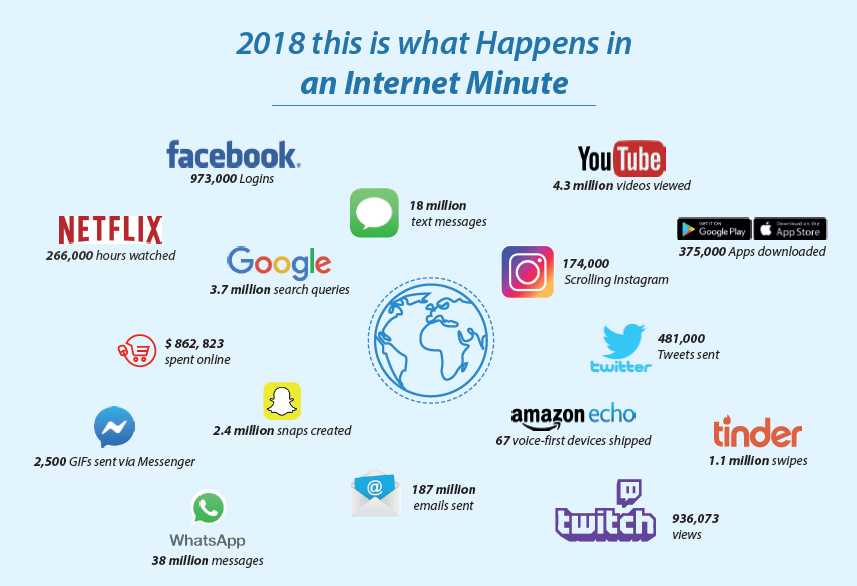It was a year when the jobless rate in the US hit a 49 year low of 3.7%, sparking fears of continuing interest rate rises to dampen the hot labour market and the likelihood of wages growth.
It wasn’t just the US job market that got hotter in 2018, temperatures were on the up as well. An analysis of past temperature records revealed that June, July and August recorded readings in 2017 that were dramatically higher when compared with 1970. Climate change has been a burning issue that is not likely to go away for a long time yet.
Global carbon emissions soared to record highs in 2018 and this was attributed to more cars being used and an increase in the use of coal. The biggest offenders were China, the US, India, Russia, Japan, Germany, Iran, Saudi Arabia, South Korea, and Canada. The EU as a whole region of countries ranked third. On the brighter side, China is the fastest adopter of electric vehicles (EVs) worldwide, and its demand is forecast to keep growing. In China, EVs will account for 19% of all passenger vehicle sales, compared to 14% in Europe and 11% in the US, according to Bloomberg’s Electric Vehicles Outlook 2018.
Bitcoin plummeted in value amid concern that regulators could crack down on cryptocurrencies and consequently, institutional investment failed to materialise. Prices have dropped more than 80% from the previous year’s record high.
Meanwhile, Brexit continues to fuel uncertainty in Britain’s financial markets. With Britain’s parliamentarians unable to reach a consensus, the volatility of the British Pound is likely to endure.
Amidst plenty of gloom around economics and climate change, it was found that the average level of global peacefulness declined, according to the 2018 Global Peace Index, with 92 countries deteriorating and only 71 improving. According to the UNHCR, there are now almost 70 million forcibly displaced people worldwide, around 1% of the world’s population, the highest number in modern history.
Business and commercial transactions, particularly in the banking sector however, continue unabated as online activity flourishes. The following chart captured the numbers of transactions that took place in a 60 second period in 2018 on the internet, through the multitude of apps and online facilities that are available for use and permeates most of the public’s activities in the current day. With USD 862 K spent online every minute and all of the other activity that is commercially oriented, it focuses the mind in an institution like SDB Bank, on the potential for participation and growth.

Meanwhile in Sri Lanka, the year marked the 70th anniversary of independence from colonial rule. The Local Government elections were conducted in February while floods in May resulted in social and economic turmoil. These events, among many others however, were overtaken by the constitutional crisis of October. The uncertainty surrounding the political situation and the resultant inactivity of the Government sector, had significant adverse effects on the business community and incurred severe losses to the economy.
The economy was forecast to grow by 3.8% in 2018. Inflation was around 4.5% while per-capita GDP growth for Sri Lanka was expected at 3.2%. This placed the country at 2nd from the bottom of South Asian countries, showing a growth rate just above that of Afghanistan which recorded their growth at 2.8%.
Fitch Ratings was quoted in August 2018, that they were maintaining a negative outlook on the banking sector as operating conditions remained challenging. However, their research also showed that the performance of the banks remained fairly stable and that their credit profiles were likely to remain broadly intact.
Sri Lankan banks had raised Tier 1 capital of LKR 66 Bn. and Tier 2 capital of LKR 45 Bn. since 2017, ahead of the full implementation of Basel III in 2019. Higher credit costs were expected to affect the profitability of the banks, although their fundamental strengths were likely to be able to withstand these imposts.
The large state commercial banks were expected to seek further capital as they are vulnerable to dividend demands from the State. Slow economic growth and pressure on disposable income have led to an increase in NPLs. The Gross NPL ratio for the sector increased by 3% in 2018, from 2.5% at the end of 2017.
The focus of the Central Bank of Sri Lanka on managing inflation and risks from fiscal slippage was likely to contain credit expansion. Deposits are expected to continue to be the main source of finance for Sri Lankan banks as they strive to increase their CASA ratio and thus manage the cost of capital.
The rate hikes already instituted by the Federal Reserve of the USA and the probability of more increases in the short-term sets the stage for continued strengthening of the US Dollar. Consequently, funds outflow from the domestic financial market will increase pressure on the exchange rate and foreign exchange reserves. The result could well be further depreciation of the currency in 2019.
All of the above will present many challenges to the banking industry and similarly to SDB Bank. The winners will be those institutions that respond creatively but responsibly to the difficult conditions.
SDB Bank’s involvement with the micro SME and SME sectors positions the Bank to function within a niche that is more locally based than others in the banking industry in the country. While the prevailing credit pressures and economic challenges amongst their clientele remain relevant, their mode of operation revolves around the fundamentals of ethics, transparency, and inclusivity which will guide their decision-making process and thus ensure the Bank continues to function sustainably.